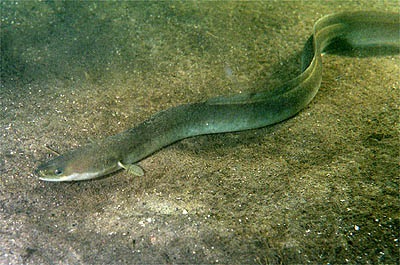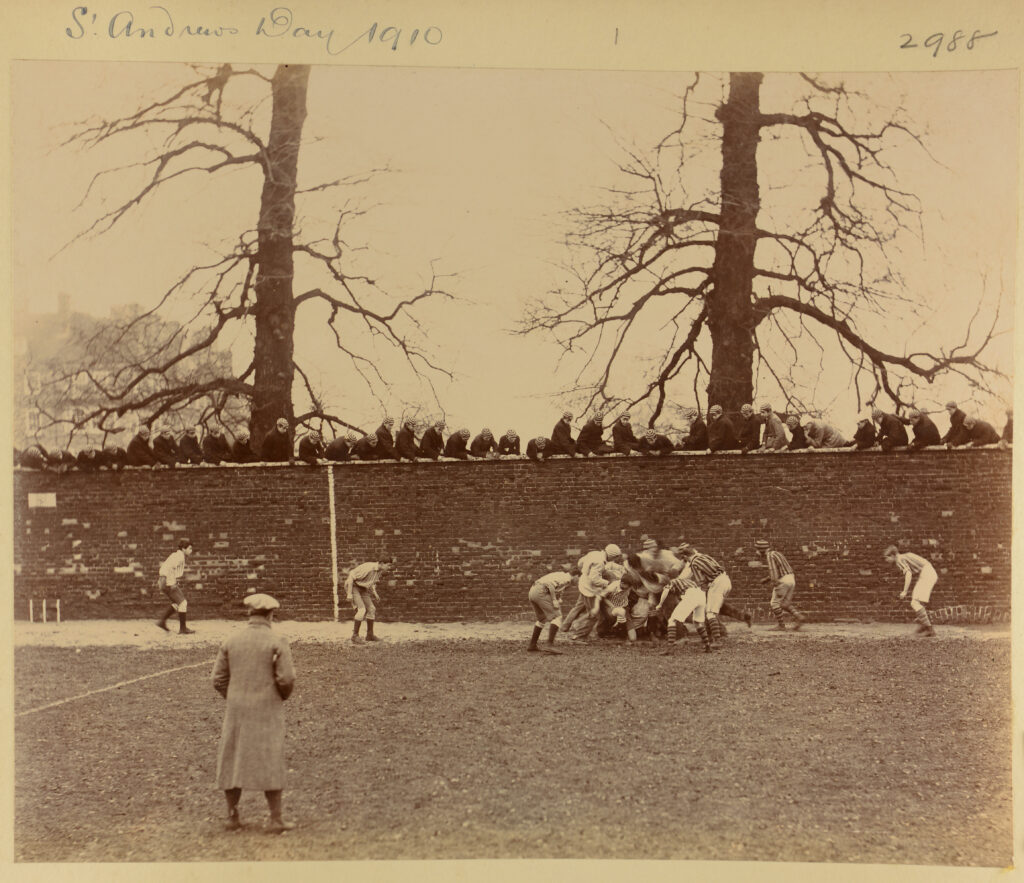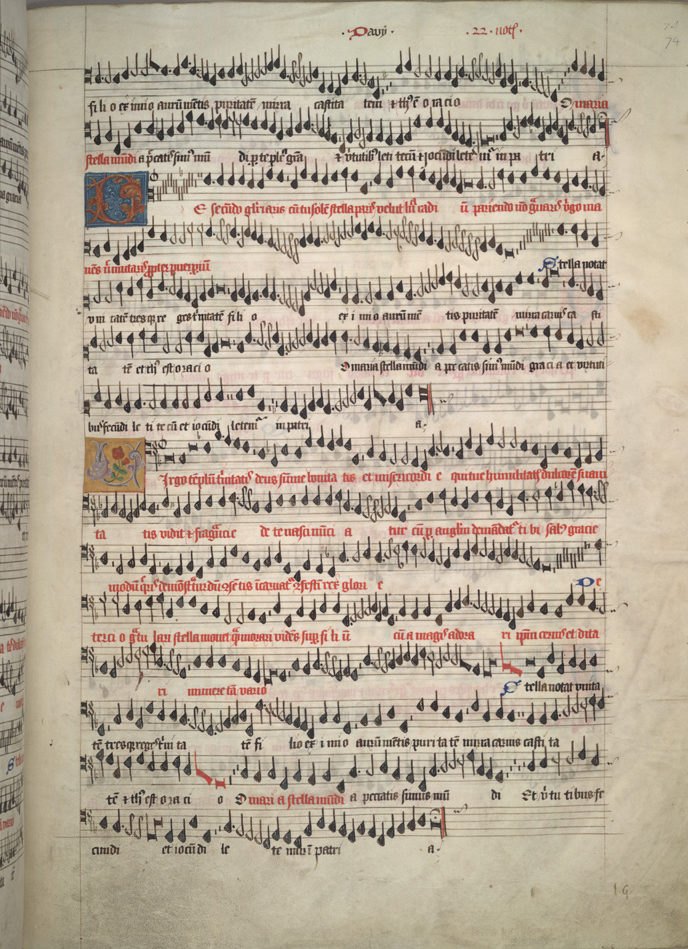The Thames is the environmental lifeblood of Windsor and Eton and its wellbeing is unquestionably vital for the local balance of nature. It is good to remind ourselves that the ecology of the River Thames has not always been healthy or stable. In 1960s the Thames became so polluted that few fish species could survive and angling became a distant memory. The recovery of the river to its current healthy state is a real success story that we can all be proud of.
But pollution is not the only factor that affects planetary biodiversity and puts species in jeopardy. We are all aware of how illegal trade across international borders has been responsible for bringing species like the White Rhino to the very brink of extinction. But who would have thought that a once familiar fish, which goes by the scientific name of Anguilla, would be affected by the same factor?

Photo of European Eel courtesy of GerardM – http://www.digischool.nl/bi/onderwaterbiologie/, CC BY-SA 3.0, https://commons.wikimedia.org/w/index.php?curid=284678
The European Eel, once a staple of the Cockney diet (‘Pie and Mash’), is an amazing species. It undertakes one of the longest migrations in the animal kingdom. After hatching in the Sargasso Sea (just south of Bermuda), Anguilla travels over to Europe. As tiny ‘glass eels’ (the name given to the silvery juvenile elvers) they migrate up European rivers, making the difficult switch from a marine environment to a freshwater one. Then, after several years in rivers like the Thames during which they can grow up to 1.5m long, the eels migrate back to the Sargasso Sea to spawn and complete their life cycle.
Two factors have led to the Zoological Society of London declaring the European Eel as a flagship species for nature conservation, following in the footsteps of iconic species like the Giant Panda. The first is that modern rivers now have increasing numbers of barriers to migrating fish. These can take the form of weirs and hydropower turbines.
The second factor which has placed the Eel on the so-called ‘red list’ of critically endangered species is the trade in the juvenile eels which arrive in our estuaries. This is despite an international trade ban. Eels are highly valued in east Asian cuisine and many eel species have declined markedly in recent years. A kilogram of glass eels (numbering about 5,000 elvers) can fetch thousands of pounds. The Japanese reportedly eat 100,000 tons of Unagi, or eels, every year!
George Fussey FRSB FLS FZS
Curator



